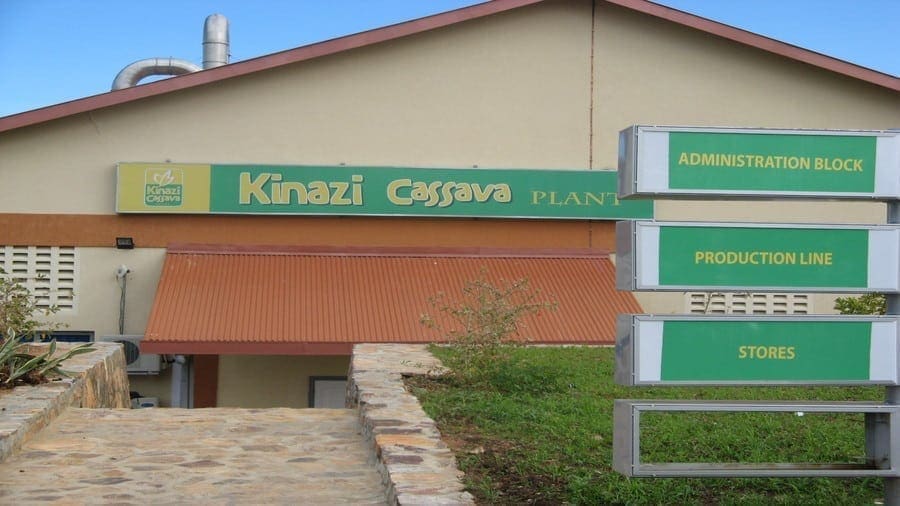ZIMBABWE – The country’s milk production is on the rise despite the devastating drought, which left more than 5,5 million people in need of food aid.
Official government figures show that Zimbabwe’s milk output from January to September 2016 stood at 48,6 million litres, 14,2 percent higher than the 42,6 million litres produced during the same period in 2015.
On a quarterly basis, milk output increased by 5,5 percent to 16,8 million litres from July 2016 to September 2016, following a 0,13 percent decline in the previous quarter.
Milk production has largely benefited from the continued importation of heifers over the years.
During the third quarter of 2016, government with assistance from some development partners imported 400 dairy heifers under the Dairy Revitalisation Programme.
This augmentation to the dairy herd is expected to increase the industry’s output and reduce reliance on imports of dairy products.
Finance minister Patrick Chinamasa said government has since 2013 supported the growth and development of the dairy industry through duty free importation of inputs and levelling the playing field with regards to imports of finished dairy products.
“The industry has also benefited from removal of dairy products such as yoghurts, flavoured milk, ice cream and cheese, among others, from the Open General Import Licence through Statutory Instrument 64 of 2016.
“Capacity utilisation for the dairy industry, has, thus, increased from 25 percent in 2015 to the current levels of 45-55 percent in 2016,” he added.
The dairy industry has also set up a Dairy Revitalisation Fund to finance initiatives aimed at promoting sustainable milk production.
The fund has already been used to import dairy calf heifers for distribution to beneficiaries, which mainly comprised smallholder dairy farmers.
Chinamasa noted that products that include ice cream, fermented milk, yoghurts, butter milk, and cheese are now being produced locally in quantities sufficient to meet local demand.
“Supply of raw milk, however, remains inadequate, hence, the need to augment through importation of milk powder. It is, thus proposed to review the ring-fenced milk powder requirements for the year 2017,” he said.
Zimbabwe’s milk production, along with other agriculture sub-sectors, declined sharply following President Robert Mugabe’s land redistribution programme.
At its peak, the country produced over 150 million litres of milk annually.
December 31, 2016; https://www.dailynews.co.zw/articles/2016/12/31/milk-production-on-the-increase









